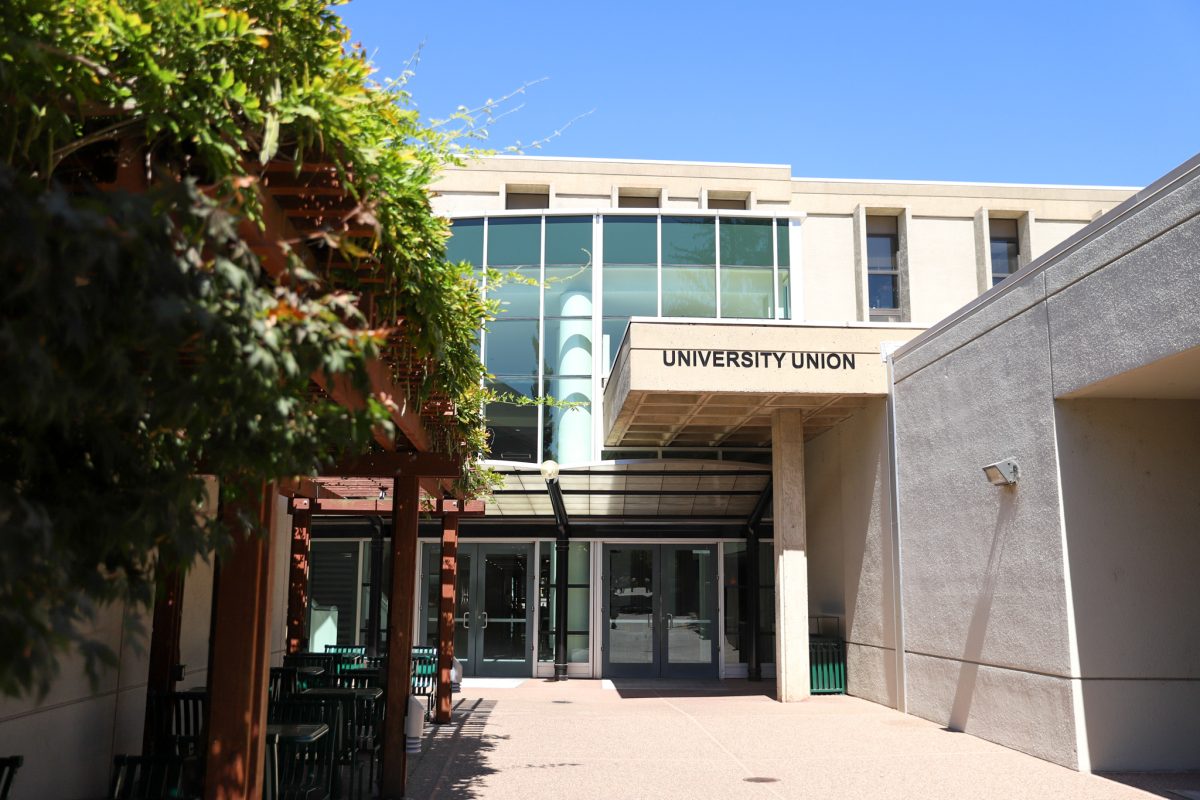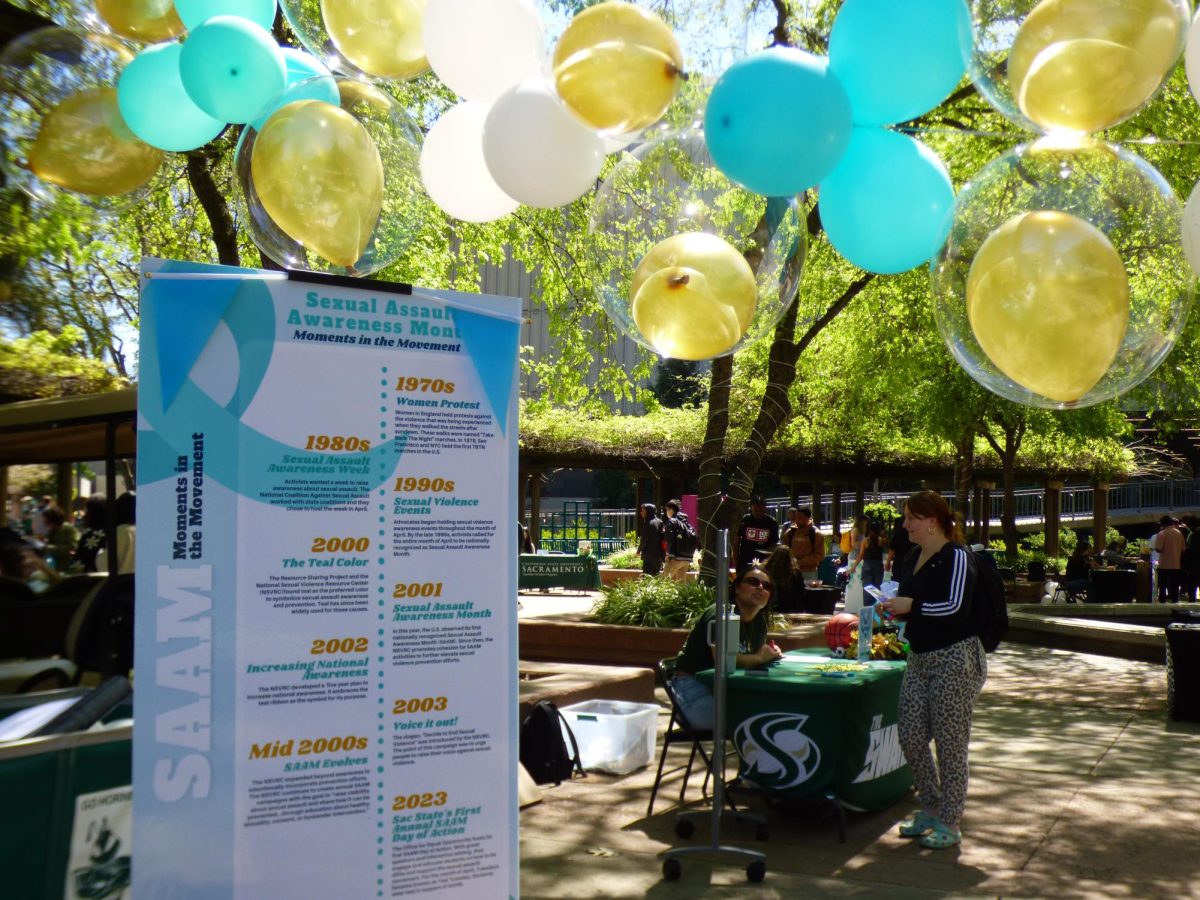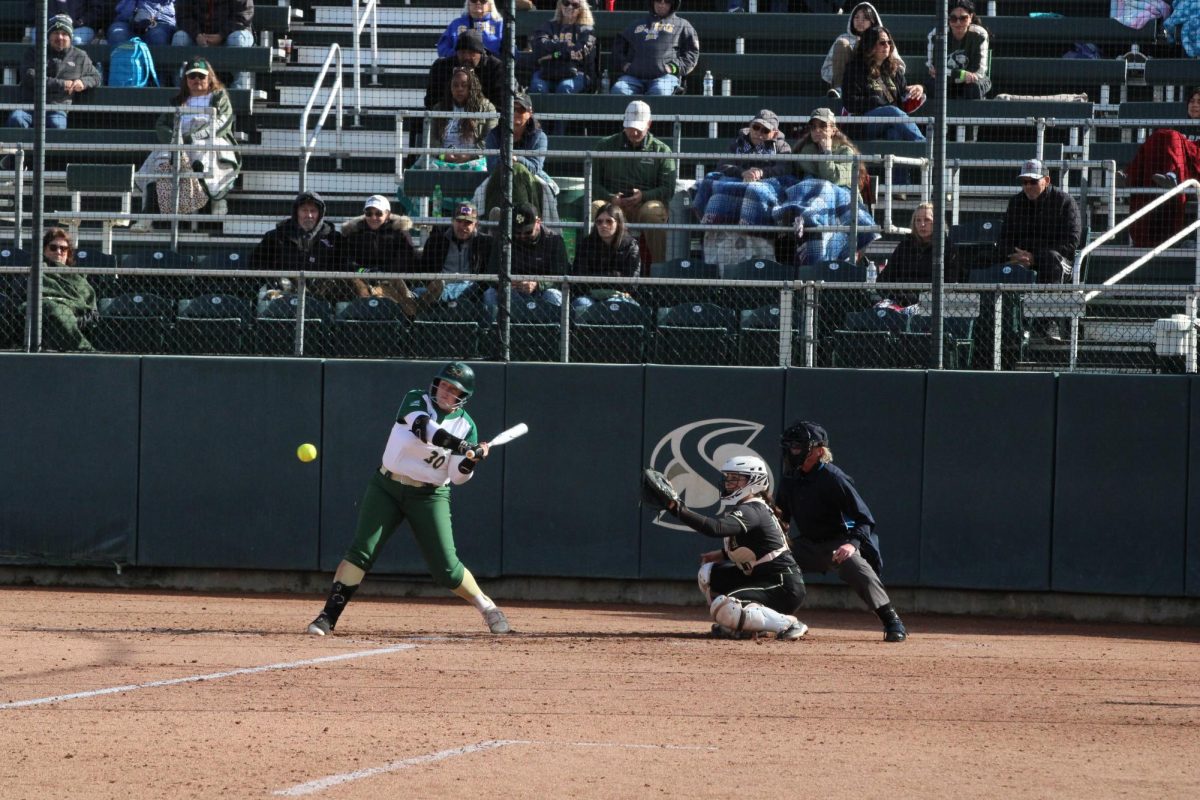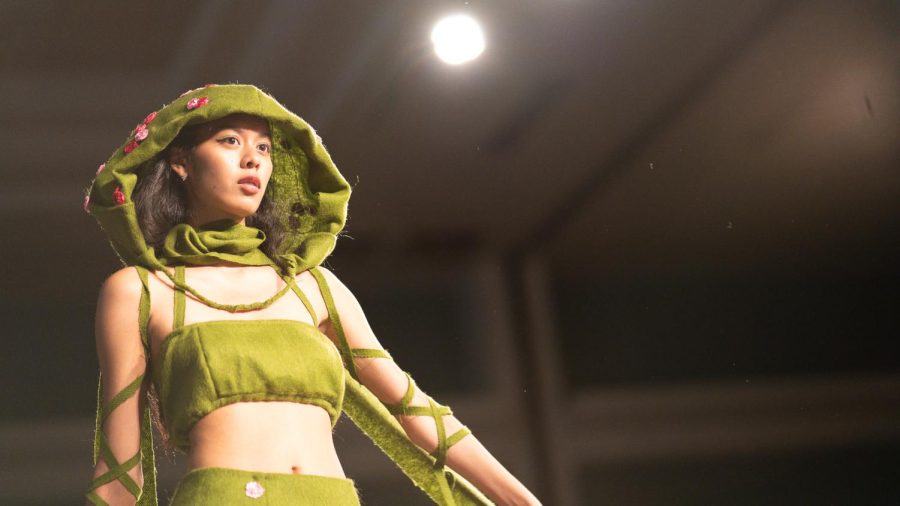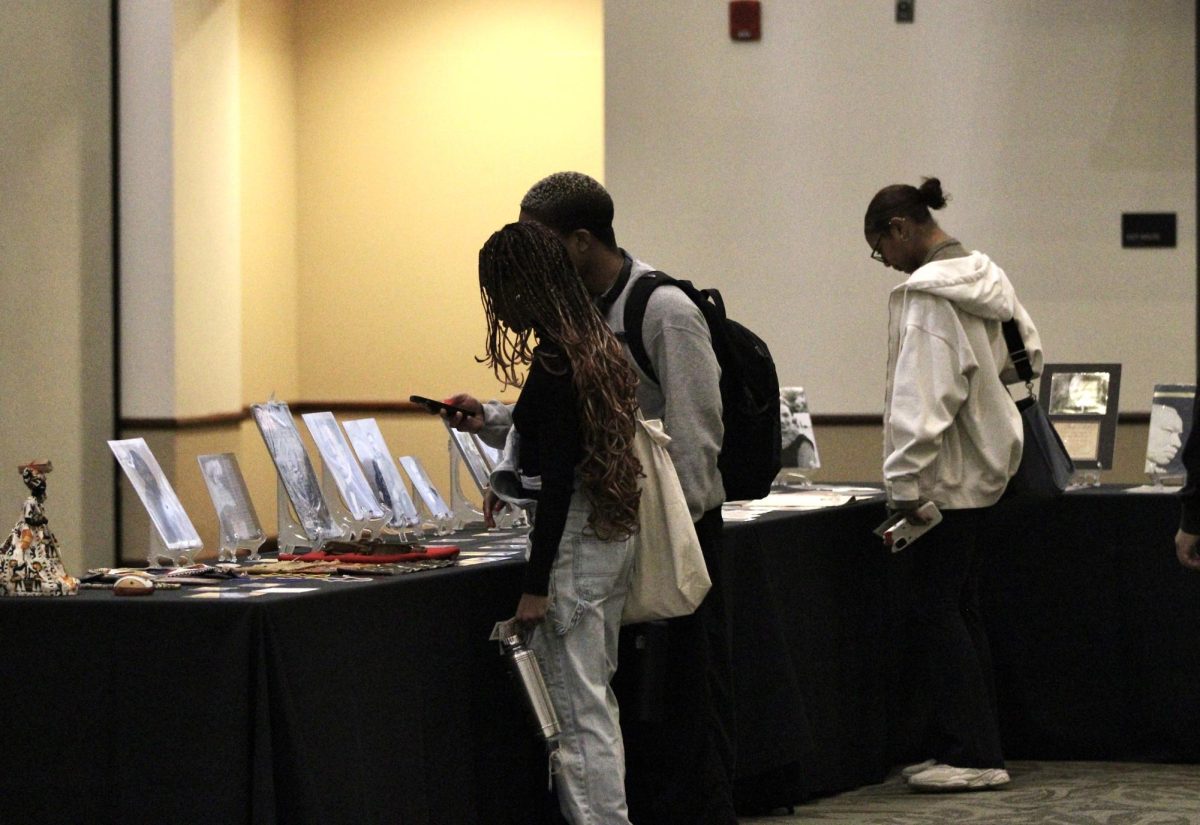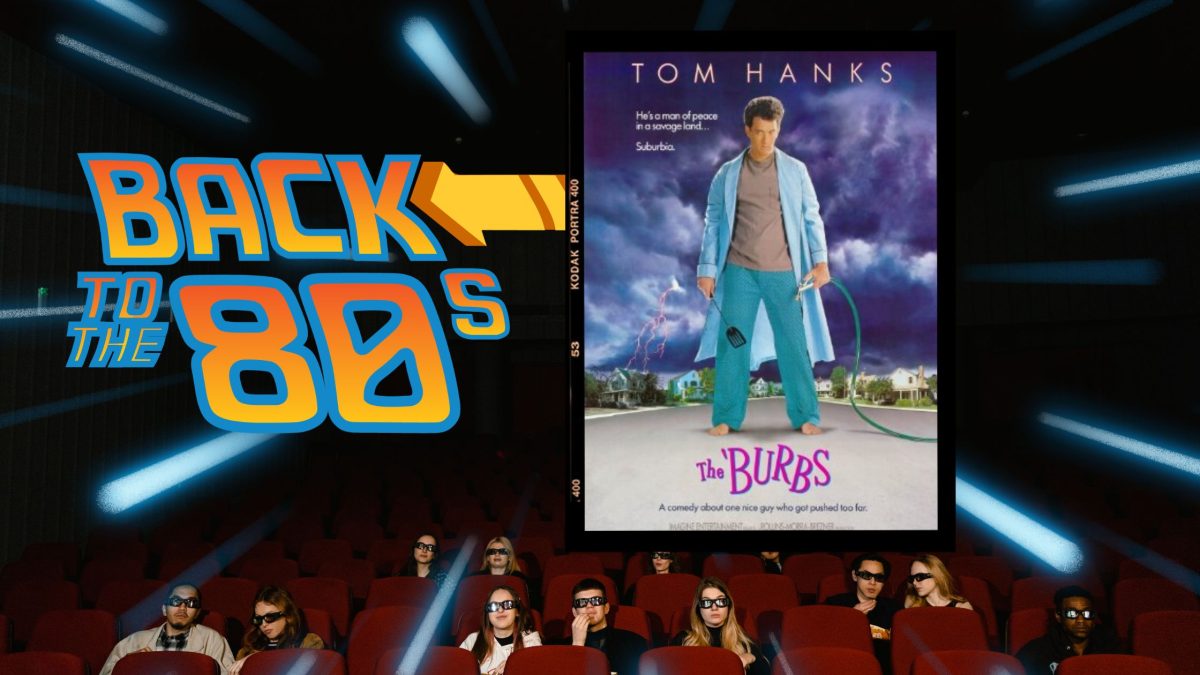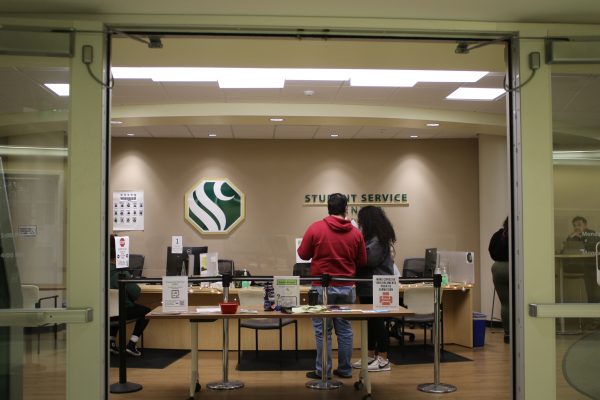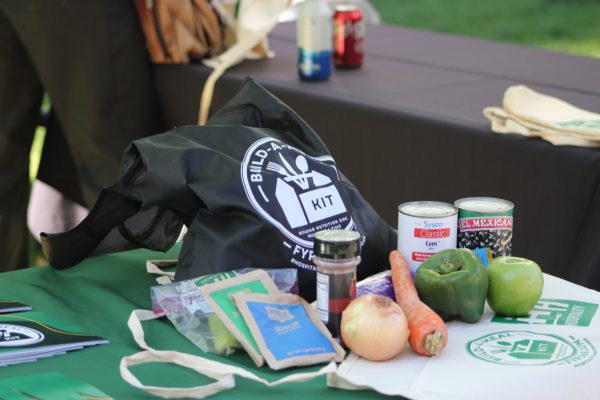Quad teeter-totter raises funds for Japan and Argentina
May 11, 2011
Rotaract at Sacramento State hosted its second annual 24-hour Teeter-Totter-A-Thon to raise funds for Japanese tsunami survivors and an Argentine high school.
Rotaract at Sac State is a student philanthropy organization sponsored by Rotary International that helps out both locally and globally, said sophomore public relations major Christie Pierce, president of Rotaract at Sac State.
For 24 hours, volunteers from Rotaract, Sac State clubs, and individual students took turns riding a 30-foot long teeter-totter in the Library quad. In the process, they received $700 in donations for their causes from people passing by the teeter-totter – raising another $800 in the previous months from Rotary Club presentation fundraisers.
Pierce said the club’s theme for this year’s event was “Building Communities, Bridging Continents.” The club chose two causes to focus on: tsunami relief in Japan in the form of supply boxes, and money for books in an underprivileged high school in Argentina.
Pierce said the club’s mission is to create awareness for those who do not possess the means to do it themselves.
He said although the tsunami happened a while ago, there is still a large part of the population that is being affected. He also said the school in Argentina is unheard of and unrecognized by the global population, but that should not change the fact that both groups still need help.
Pierce chose to fund the Argentine high school, El Instituto de Esperanza Secundaria de Urdampilleta, after living in Argentina during part of 2008 as a Rotary Youth Exchange student.
“It’s one of those typical schools that doesn’t have much. It’s underprivileged and doesn’t have a lot of materials or books. Their books are bound by duct tape and staples,” Pierce said.
Rotaract member Anna Sanchez, junior journalism major, said the club makes a point to use its resources to help children.
“This is our second year doing the Teeter-Totter-A-Thon and both years we’ve made it a goal to help raise money for children in need of educational materials and other supplies,” Sanchez said.
Sanchez said last year the club raised more than $1,300 for Sacramento Loaves and Fishes’ Mustard Seed School, a private transitional school for children not enrolled in a public or private school due to family or financial situations.
Rotaract’s theme of helping children also played a major part in its reasoning behind choosing to use a teeter-totter.
“The true theme of the teeter-totter is to help children out, while having fun and acting like a child while doing it,” Sanchez said. “It attempts to promote awareness of children who have limited access to books, writing materials and other fun things that encourage kids to learn.”
She attributes the idea for a teeter-totter based fundraising event to Joseph Ross, the former president and founder of Rotaract at Sac State.
“(Ross) was the creative mind behind the Teeter-Totter-A-Thon. He wanted the fundraiser to be large, original, attention-grabbing and connected to our theme,” Sanchez said.
At nearly 30 feet in length, the teeter-totter sparked curiosity in students and faculty, who asked questions about the event and were offered rides on the teeter-totter.
“I think how out of the ordinary it was to see a giant sized teeter-totter on campus raised some eyebrows and brought a lot of attention in itself,” Sanchez said.
She said the club spent around 36 hours working on the teeter-totter’s construction. Every weekend for about a month they met in Ross’s backyard and continued building.
“We teamed up with the Society of Hispanic Professional Engineers to help design the teeter-totter,” Sanchez said. “It had to have weighed at least 500 to 600 pounds.”
Pierce said the teeter-totter was built in three sections for easy transport. Despite this, the club had to rent a 28-foot U-Haul to move it from Ross’ backyard to the Library Quad.
For the Japanese tsunami relief, the club partnered with UK-based ShelterBox, which is a nonprofit Rotary-based disaster relief charity founded by Rotarian Tom Henderson.
“Toward the beginning weeks of building (the teeter-totter), the images and news circulating about Japan’s devastation and damage became the impetus for us to begin working with ShelterBox, and to raise money for both causes,” Sanchez said.
Pierce described a ShelterBox as a box that provides sustainability for a family of 10. It includes a water purification system, and tent that can fit 10 people and withstand 100-mph winds.
“It’s like a small home for a family that has been affected by a disaster,” he said.
ShelterBox volunteer representative Bill Tobin, who was displaying a box at the event, said ShelterBoxes also include a children’s pack, complete with coloring books and pens for children who have lost their possessions in a disaster, blankets and ground covers for keeping warm, mosquito nets, a stove, cookware and a set of tools.
“We can put whatever the disaster calls for in the box. If there’s a disaster in an area with little fuel for the wood stove, we’ll include propane with the cooking gear,” Trobin said.
He said ShelterBoxes also provide a survivor with a degree of dignity.
ShelterBox has set up the tents in gymnasiums so that survivors can have a personal space in which to recover after a disaster, and a place to grieve and weep privately.
ShelterBox is a large organization, with more than 106,000 shelter boxes being given out in 2011 alone, according to its website. Rotaract is adding to that number because of events like the Teeter-Totter-A-Thon.
Pierce said the campus’ reaction to the event was overwhelmingly positive.
“We’ve gotten all positive feedback. If you look at the teeter-totter there are quotes all up and down it saying ‘Heart Rotary’ and ‘Heart Rotaract,'” Pierce said. “People love the idea that we’re building something creative, and using creativity to do something wonderful for the community, locally and globally.”
College students were especially fond of the teeter-totter.
“We got a lot of participation from students walking to and from class,” Sanchez said. Some stopped by to ride it for a minute, some came back in between classes and teetered with us for hours.”
But 24 hours of teetering can test the endurance of even the most skilled teeter-totter rider.
“By the end we were laying down on the teeter-totter, walking on the fulcrum, and trying to find new ways to have fun on it before it was over,” Sanchez said.
She went on to express Rotaract’s gratitude for all the support it received.
“It’s all for a good cause, and I hope the people who donated and rode the teeter-totter know that their support didn’t go unnoticed,” Pierce said. “We really did appreciate everyone’s contribution – whether it be the bit of a change in their pocket or a few minutes on the teeter-totter. It was a fun time and we look forward to improving it next year.”






